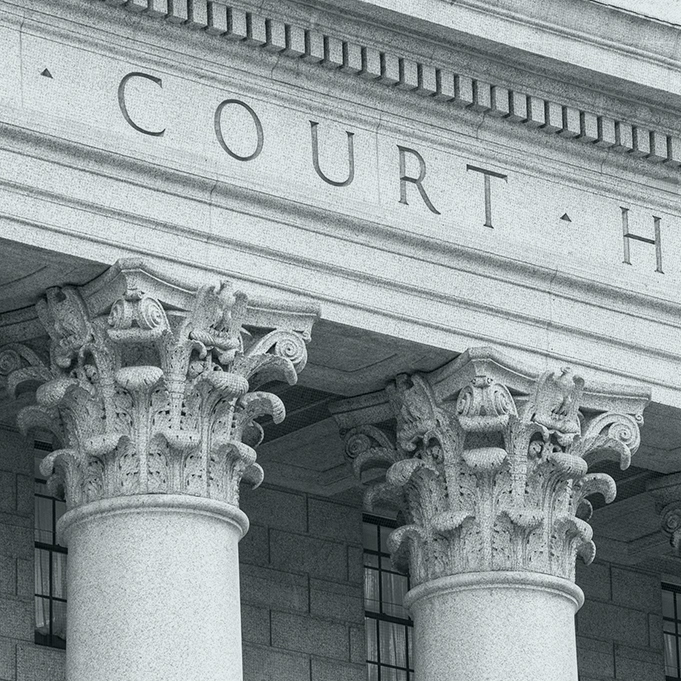Entitlement to priority - is it sufficient to have acquired the entire beneficial interest to be successor in title? (2016-11-22)
In a recent judgement, the Court of Appeal of England and Wales considered (amongst other things) the conditions necessary to claim priority from an earlier patent application.
In certain circumstances, it is possible to backdate a patent application to the date of filing of an earlier patent application, for assessing the invention against previous disclosures. This is referred to as claiming “priority” from the earlier application, and a number of conditions must be met for a priority claim to be valid. These include, firstly, that the earlier application must describe the invention that is claimed in the later application in sufficient detail to enable a skilled worker to put the invention into practice. Secondly, the later application must be filed within 12 months of the earlier application, and thirdly (with certain exceptions), the earlier application must be the first patent application for the invention. (There are other conditions which go beyond the scope of this article.)
A fourth and important condition for validity of a priority claim is that the applicant for the later patent application must be either the same “person” (company, individual etc.) as the applicant for the earlier application, or must be the “successor in title” of the applicant of the earlier application. If the applicants are different, the later applicant must become the successor in title of the earlier applicant before the later application is filed. If this is not achieved, the claim to priority is invalid and this cannot be corrected by a subsequent assignment after the filing date of the later application.
One question is what is meant by successor in title? It has been held in English case law that successor in title means successor in title to the invention (rather than to the earlier patent application per se). It has also been held in English case law (and EPO case law) that in order to be successor in title, it is sufficient to have acquired the “entire beneficial interest” in the invention even if formal legal title has not yet been obtained.
The concept that acquiring entire beneficial interest in an invention, but not necessarily full legal title, is sufficient to be successor in title for the purposes of claiming priority, has recently been given support by the English Court of Appeal in its Decision of 8 November 2016 in the case of Idenix Pharmaceuticals Inc. v Gilead Sciences Inc. (and others), [2016] EWCA Civ 1089.
In this case, a PCT patent application filed in the name of a company claimed priority from a US patent application filed in the name of two inventors. One of the issues in the case was whether the company was the successor in title of the inventors before the PCT application was filed. The Court of Appeal was able to dismiss the appeal on other grounds and did not make a formal decision of the grounds of entitlement to priority. However, Lord Justice Kitchen stated that, in his provisional view:
“In these circumstances the notion that it is the transfer of the substantive right and title to the invention which is important makes eminently good sense.”
The situation is complicated in that the precise legal conditions for a valid claim to priority are likely to vary from country to country. In view of this, it makes sense to adopt a “belt and braces” approach and to ensure that, if filing a later patent application which claims priority from an earlier patent application but which names a different applicant, full legal title in the invention should be passed to the applicant of the later application before the later patent application is filed. In many cases, this will be done by way of a written assignment executed at least the day before the filing of the later application.
If you have any queries about claiming priority, please do not hesitate to contact us for advice.
